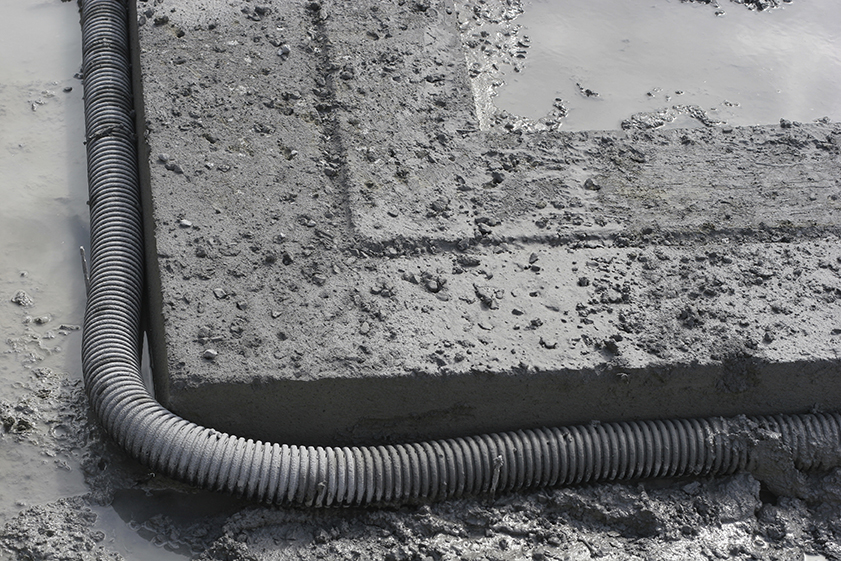What is a French drain system? Find out the answer to these plumbing questions below.

A good drainage system is important for a variety of reasons. Not only does it help divert water away from a building or structure, but it also helps prevent foundation problems. For example, if you have a weak foundation, and water gets collected in the basement over time, there’s a huge chance that your building will suffer structural damages over time.
When water collects at the bottom of a basement, it may become stagnant and may eventually fill the space with moisture. This could result in infrastructure problems and even health issues. So, to avoid that from happening, you need a good and reliable drainage system. One of the best ways to create a good drainage system is by installing a French drain. But what is a French drain system and how is it different from others? Find out the answer to these plumbing questions below.
A French drain system is a subsurface solution that consists of a perforated or slotted pipe and a gravel-filled trench. A permeable fabric serves as a protective layer, and this is installed at the sides and the bottom of the trench drain after excavation to prevent root and soil intrusion. Similar to trench drains, French drains draw water downhill, including surface and groundwater.
Drainage systems commonly include Trench drains and French drains, which are both very effective approaches in moving water offsite. However, the difference between the two is usually misunderstood.
Listed below are the following differences between Trench drains and French drains:
Installing a traditional French drain involves excavating a trench for more effective and convenient drainage of areas such as flood plains and surface water. Naturally, this would require professional expertise. French drains are generally quite small or extremely large, depending on the volume of water that has to be drained and the volume of ground space that has to be cleared.
If you are curious to know about how a French drain is installed, here’s how to do it:
French drains are below-the-ground pipes that redirect water away from an area or establishment, like your home or office building. It is used to ensure that any water that builds up under the ground will be eliminated. This avoids negative impacts on the foundation and other surrounding structures in the area.

Glenn Price
Glenn Price is a blogger who regularly writes about business in different online platforms. Aside from updating his own blog, Glenn also submits content to countless business-focused websites.
In this episode, I sat down with Beejan Giga, Director | Partner and Caleb Emerson, Senior Results Manager at Carpedia International. We discussed the insights behind their recent Industry Today article, “Thinking Three Moves Ahead” and together we explored how manufacturers can plan more strategically, align with their suppliers, and build the operational discipline needed to support intentional, sustainable growth. It was a conversation packed with practical perspectives on navigating a fast-changing industry landscape.